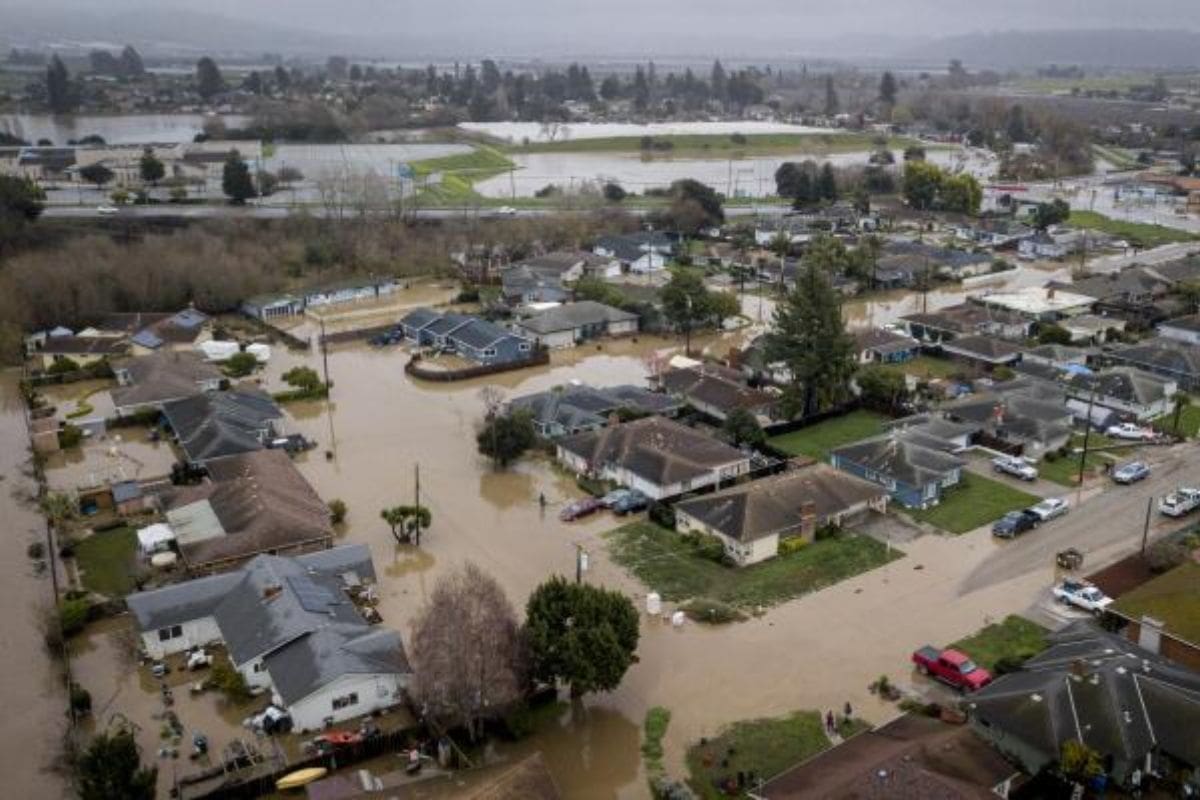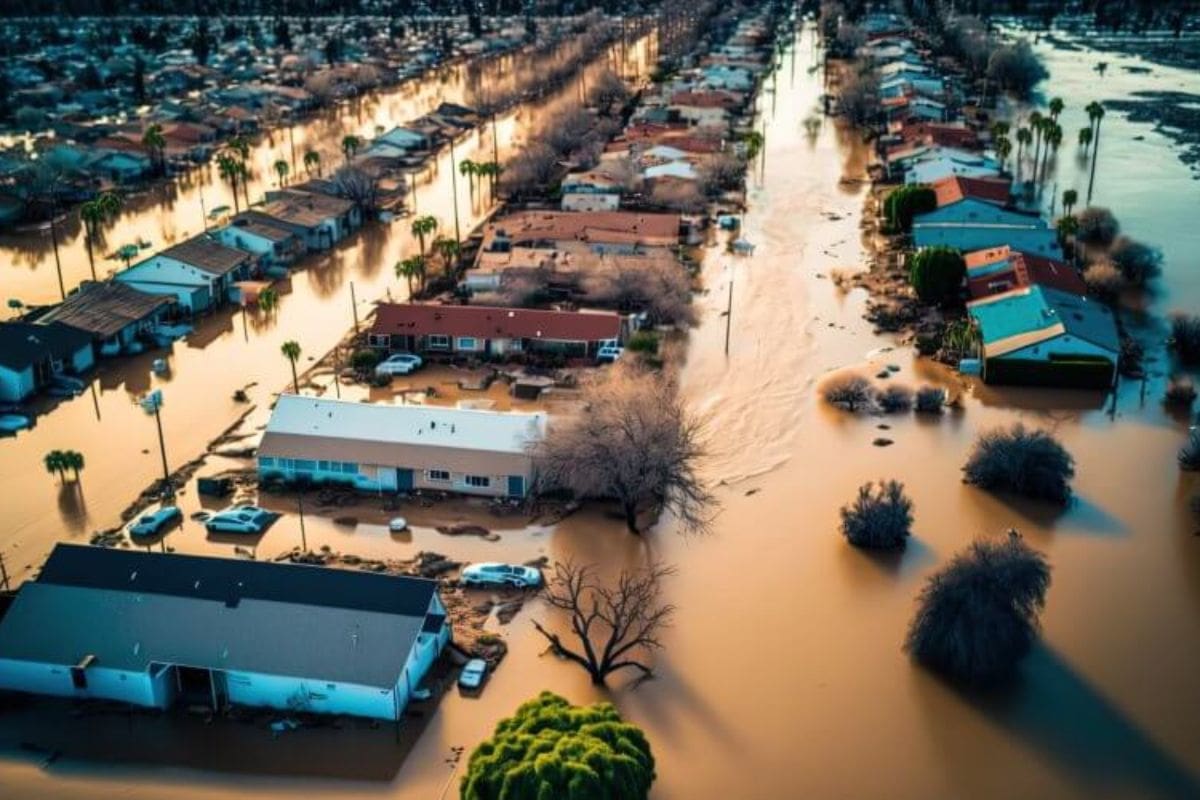Southern California Little Ice Age: In a recent study conducted by CSUF, Southern California’s historical landscape has unveiled intriguing secrets hidden beneath its surface.
The research the Little Ice Age floods that once swept through the region, shedding light on a lesser-known aspect of California’s natural history.
By analyzing sediment cores, scientists have unearthed valuable clues that offer a glimpse into the past and potentially impact future perspectives on flood risk management.
The findings not only provide a fascinating look into the region’s past but also offer invaluable insights that could reshape our understanding of Southern California’s vulnerability to natural disasters.
Unveiling Southern California’s Historic Floods
Unveiling the depths of Southern California’s historic floods, a groundbreaking study conducted by researchers at Cal State Fullerton has unearthed evidence of two epic floods within the past 500 years. These significant floods, occurring during the Little Ice Age, have illuminated a previously unknown period of increased precipitation in the region. Professor Matthew E. Kirby led this research, providing invaluable insights into the flood history of California.
The study sheds light on the impacts of climate variability on flood occurrences, highlighting the importance of understanding past events to better prepare for future natural disasters. By the geological records and analyzing sediment deposits, the researchers were able to reconstruct the timeline of these historic floods with remarkable precision.
This newfound knowledge offers a foundational understanding of California’s flood patterns, enabling policymakers and emergency responders to develop more effective strategies for mitigation and response. The research serves as a cornerstone in building resilience against the recurrent threat of flooding in Southern California, emphasizing the significance of historical data in shaping future disaster management practices.

Floods: California’s Primary Natural Hazard
Floods stand as California’s predominant natural hazard, surpassing earthquakes in terms of significant socioeconomic risk. The state’s vulnerability to flooding is heightened by climate change, which increases the frequency of intense precipitation events. Understanding the historical context of floods is crucial for effective risk management and preparedness. Here is a breakdown of the primary natural hazard in California:
| Aspect | Details |
|---|---|
| Frequency | Floods are a recurrent phenomenon in California, with the potential for catastrophic damage. |
| Impact | Flooding poses a severe threat to lives, infrastructure, agriculture, and the economy. |
| Preparedness Measures | The state invests in flood control systems, early warning systems, and community education. |
| Climate Change | Rising global temperatures are expected to intensify the frequency and severity of floods in California. |
Uncovering Clues from Sediment Cores
The investigation into sediment cores from a sag pond along the San Andreas Fault in Carrizo Plain National Monument offers a compelling glimpse into California’s hydrological history. The study, published in the Journal of Paleolimnology, land-based flood-event evidence obtained from these sediment cores.
- Valuable Insights: The sediment cores provide valuable insights into past flood occurrences, shedding light on historical hydrological patterns in Southern California.
- Meticulous Analysis: Researchers conducted meticulous analysis of sediment properties, such as charcoal, pollen, and sand content, to identify indicators of flood events accurately.
- Environmental Clues: By studying these sediment cores, researchers were able to uncover environmental clues that help enrich our understanding of California’s hydrological past.
- Historical Context: The findings from the sediment cores contribute to building a detailed historical context of flood events in the region, offering a deeper understanding of California’s hydrological evolution over time.
Implications for Future Preparedness
The significance of understanding historic flood events through sediment core analysis extends beyond mere academic interest, directly influencing strategies for future flood preparedness in California. By reevaluating past flood occurrences, such as the Little Ice Age floods revealed in the study, California can refine its flood risk assessments and enhance preparedness measures.
The study’s challenge to existing flood models, like the ARkStorm scenario, emphasizes the need for updated frameworks that consider a broader historical context of extreme flooding events. Without a clear record of the 1861-62 winter storms in sediment cores, current risk assessments may underestimate the potential impact of future floods.
Leveraging insights from paleo-flood research can assist in developing more robust flood management strategies, ensuring the safety of residents and the resilience of critical infrastructure. California’s proactive approach to integrating historical flood data into its preparedness efforts is crucial for mitigating the devastating effects of future flood events and safeguarding the state’s communities.


ALSO READ: Bee-Saving Win: Sulfoxaflor Banned in California
News in Brief
CSUF Study Uncovers Secrets of Historic Southern California Floods. A groundbreaking study by Cal State Fullerton researchers reveals evidence of epic floods during the Little Ice Age in Southern California. Analyzing sediment cores, scientists unveil the region’s hidden flood history, offering insights vital for future flood risk management. Floods, surpassing earthquakes as California’s primary natural hazard, pose significant socioeconomic risks. The meticulous analysis of sediment cores from Carrizo Plain National Monument sheds light on past flood occurrences, guiding preparedness measures. The study challenges existing flood models and emphasizes the importance of integrating historical flood data into proactive disaster management strategies for California’s safety and resilience.

